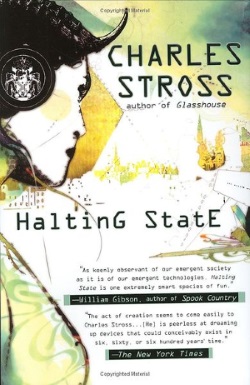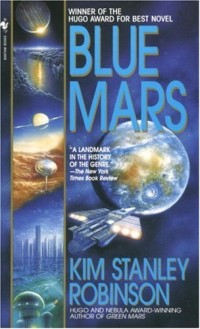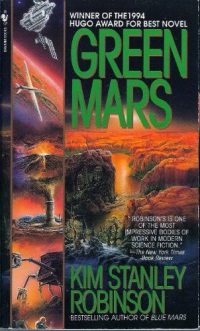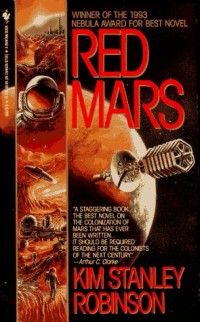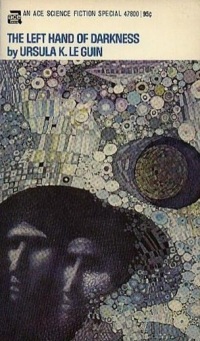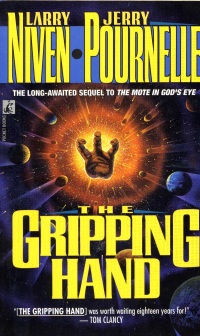Every year at around this time, I make a summary post about the winners of the scientific Nobel Prizes because I feel that insufficient attention is paid to them. I always ignore the Peace Prize and the Literature Prize. Here are the winners for Physics, Chemistry, Physiology / Medicine and Economics categories.
The physics prize seems unexciting to me but I guess it is practical and useful. It goes to Isamu Akasaki, Hiroshi Amano and Shuji Nakamura for discovering how to produce blue light beams from semi-conductors. This is what enabled modern LED lamps to be a reality as it is not possible to create white lamps without blue light.
The chemistry prize goes for to Eric Betzig, Stefan W. Hell and William E. Moerner for the invention of nanoscopy. Previously, optical microscopes were limited to a resolution of about half the wavelength of light, or about 200 nanometres. This prize is awarded for two separate developments: STED microscopy which uses two laser beams, one to stimulate fluorescent molecules to glow and another to cancel out all fluorescence except for that within a nanometre-sized volume, and single-molecule microscopy which relies on turning the fluorescence of individual molecules on and off and superimposing all of the images thereby gained into a single super-image. Both techniques bring microscopy into the nano-scale.
The physiology / medicine prize goes to John O´Keefe, May-Britt Moser and Edvard I. Moser for research into the positioning system in the brain. As would be obvious, many animals have a sense of location and an internal map of the locations that they know and how paths lead from one place to another. O´Keefe realized that a specific type of nerve cell in the brain of a rat always activated when in a specific location. The two others discovered another type of nerve cell that together generate a coordinate system that allows for positioning and pathfinding. Together these constitute the essential elements of what is effectively an internal GPS.
The economics prize goes to Jean Tirole. This is for a body of work rather than any single significant discovery so it’s harder to summarize. Apparently his most important work lies in clarifying how to understand and regulate industries that are dominated by a few powerful firms. He also showed that regulation needs to be adapted to the conditions specific to each industry.
